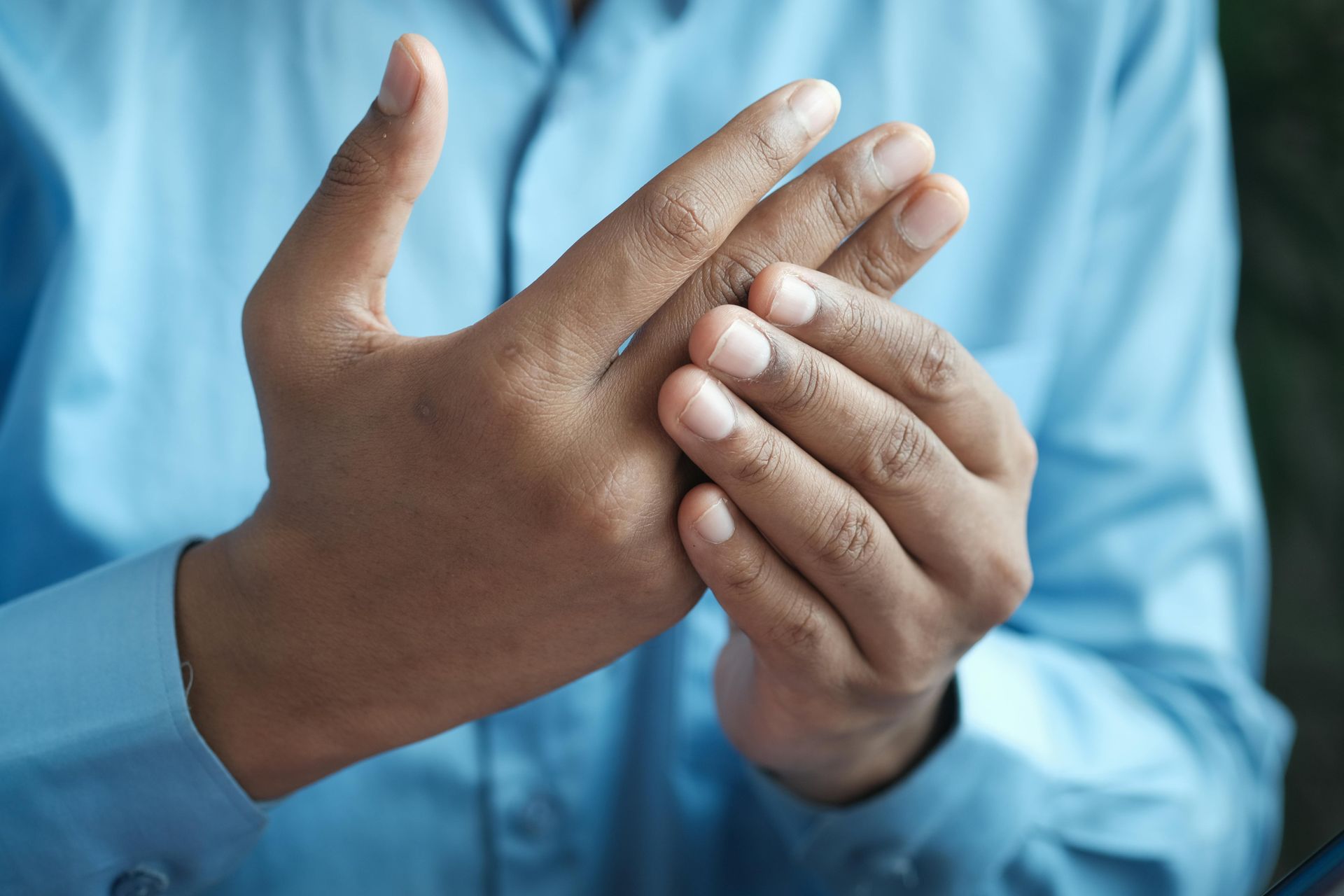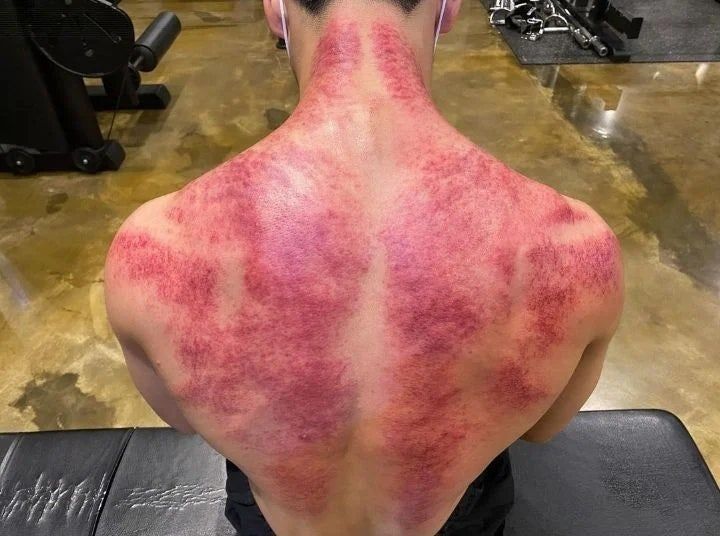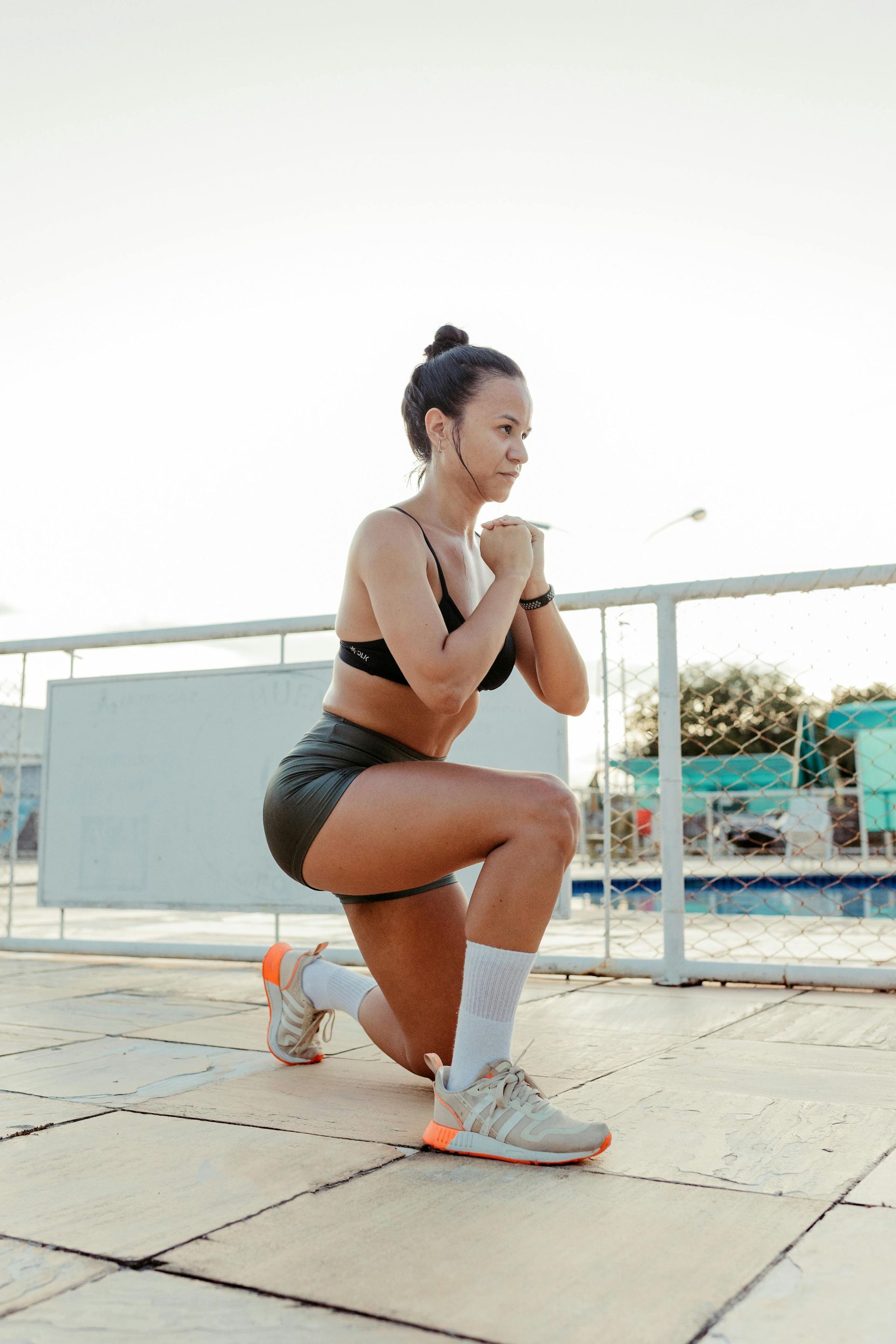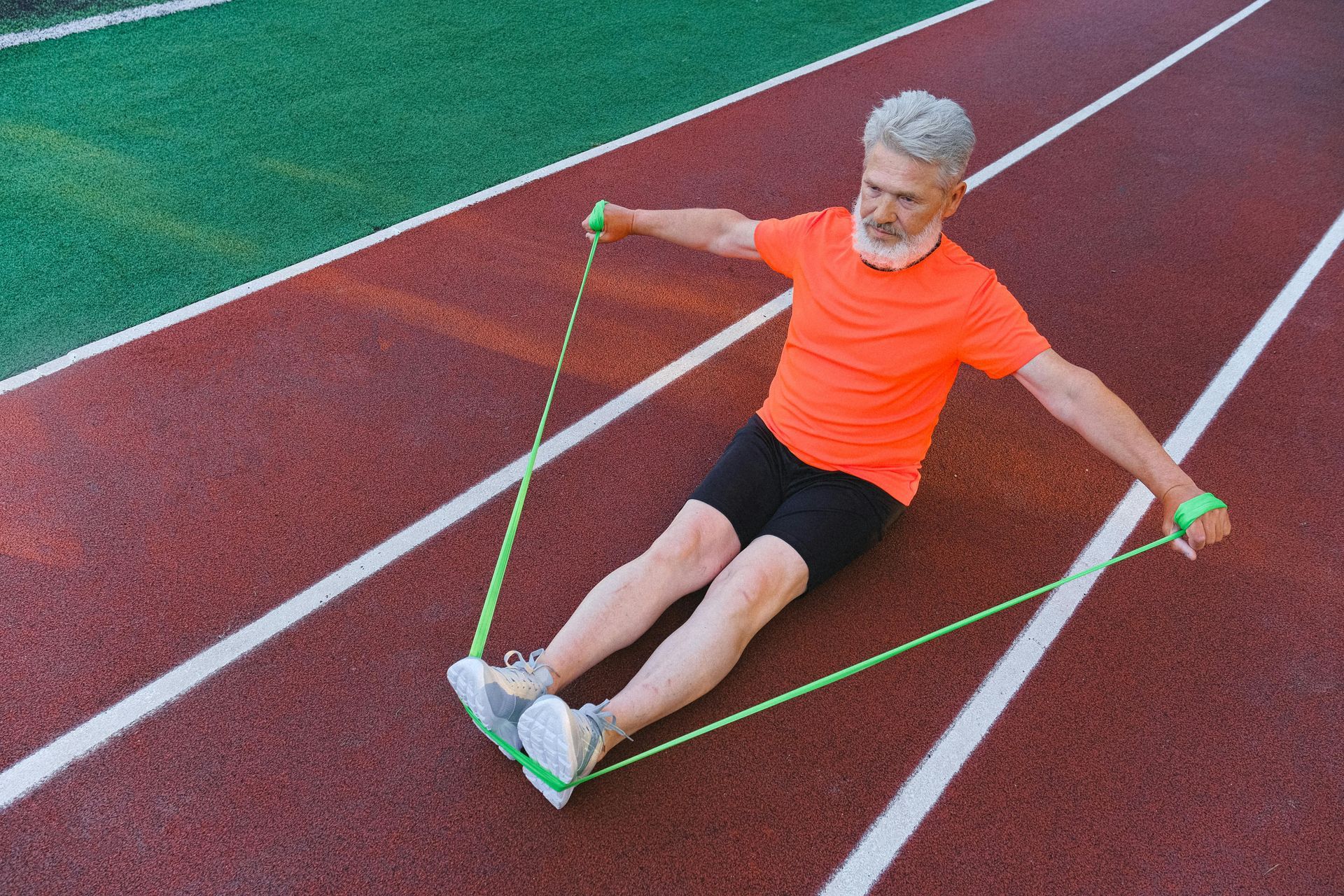Understanding Ulnar Nerve Entrapment: How Posture Can Be the Culprit

It might feel like your arm fell asleep, but if it keeps happening, you could be dealing with ulnar nerve entrapment. Don’t worry, this is more common than you think, and your posture could be playing a bigger role than you realise.
Let’s break it down in a way that’s easy to understand.
What Exactly Is Ulnar Nerve Entrapment?
The ulnar nerve runs all the way from your neck to your hand, kind of like a superhighway for signals to and from your fingers.
Sometimes, this nerve gets squeezed or trapped along its journey, usually around the elbow or the wrist.
This can lead to:
- That weird tingling or numb feeling in your ring and pinky fingers.
- A weak grip or clumsy hand movements.
- Achy pain in your arm or hand.
How Can Posture Be the Problem?
It’s easy to blame your desk job or scrolling through social media for hours (we’ve all been there), but poor posture can set the stage for ulnar nerve entrapment in sneaky ways.
1. Slouchy Shoulders and Arm Position
If your shoulders are rounded forward or your arms tend to rotate inward (like when typing all day or holding tools for hours), it’s not just your back crying out for help. This position puts pressure on the nerves in your shoulder and arm, including the ulnar nerve.
2. Tight Subscapularis Muscles
The subscapularis is one of those deep shoulder muscles you don’t think about until it gets tight. When this muscle is stiff, it can throw off the way your shoulder moves, leading to extra tension on your nerves.
3. The Forward-Head, Rounded-Shoulder Combo
You know that hunched-over position people get while working, texting, or cycling? It’s like a one-two punch for your nerves. The forward head posture and rounded shoulders create a lot of strain on the brachial plexus (a fancy term for the network of nerves, including the ulnar nerve).
Real-Life Impact
One of our recent clients, a plumber and competitive road cyclist, came in with classic signs of ulnar nerve entrapment: tingling fingers, weak grip, and pain.
After just one session of targeted treatment that focused on posture correction and loosening tight muscles with
Sam, they felt a noticeable difference. They even reached out to let us know how much better they felt and are excited to come back for more sessions to continue their progress.
What Science Says
Research backs up the connection between posture and nerve issues:
- Posture and Nerve Stress: Studies show that forward shoulder posture increases stress on the nerves in the shoulder area.
- Muscle Tightness and Nerve Entrapment: Tight subscapularis muscles can alter shoulder movement and put extra tension on nerves.
- Postural Exercises to the Rescue: Exercises designed to fix posture have been proven to reduce symptoms of nerve entrapment.
What Can You Do?
If you think your posture might be causing nerve issues, here are some simple tips to get you started:
- Sit and Stand Tall: Keep your shoulders back, neck aligned, and arms relaxed.
- Stretch It Out: Focus on stretches for your chest, shoulders, and upper back. The subscapularis and pectoralis major muscles are great places to start.
- Strengthen Wisely: Add exercises that strengthen your rotator cuff and upper back muscles to your routine.
- Set Up Your Workspace: Make sure your desk, chair, and tools are set up to keep your body in a neutral position.
- Get Professional Help: Sometimes you need an expert to loosen those tight spots and guide you with exercises tailored to your needs.
Wrapping It Up
Ulnar nerve entrapment might sound intimidating, but it’s often tied to habits we can change. Improving your posture and addressing muscle tightness can work wonders.
At Good Health Group Clinic, we’ve helped many clients overcome nerve issues by focusing on the bigger picture, not just treating the symptoms but tackling the root causes.
If you’re dealing with nerve pain, why not book a consultation? We’d love to help you get back to feeling your best.
References
- Journal of Orthopaedic & Sports Physical Therapy, 2020. "Forward Shoulder Posture and Brachial Plexus Stress."
- Journal of Anatomy, 2019. "The Role of Subscapularis Tightness in Neural Tension Syndromes."
- Physical Therapy in Sport, 2021. "Effectiveness of Postural Exercise Interventions in Nerve Entrapments."
Blogs














